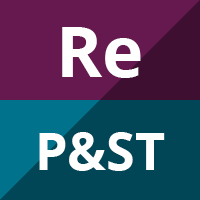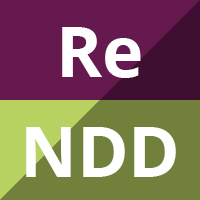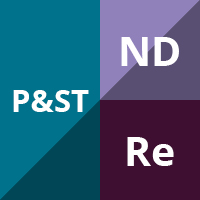
Circuit class therapy for improving mobility after stroke
Abstract Background Circuit class therapy (CCT) offers a supervised group forum for people after stroke to practise tasks, enabling increased practice time without increasing staffing. This is an update of the original review published in 2010. Objectives To examine the effectiveness and safety of CCT on mobility in adults with stroke. Search methods We searched […]

Interventions for treating anxiety after stroke
Abstract Background Approximately 20% of stroke patients experience clinically significant levels of anxiety at some point after stroke. Physicians can treat these patients with antidepressants or other anxiety-reducing drugs, or both, or they can provide psychological therapy. This review looks at available evidence for these interventions. This is an update of the review first published […]

Physical activity and exercise for chronic pain in adults: an overview of Cochrane Reviews
Abstract Background Chronic pain is defined as pain lasting beyond normal tissue healing time, generally taken to be 12 weeks. It contributes to disability, anxiety, depression, sleep disturbances, poor quality of life, and healthcare costs. Chronic pain has a weighted mean prevalence in adults of 20%. For many years, the treatment choice for chronic pain […]

Ultrasonography for confirmation of gastric tube placement
Abstract Background Gastric tubes are commonly used for the administration of drugs and tube feeding for people who are unable to swallow. Feeding via a tube misplaced in the trachea can result in severe pneumonia. Therefore, the confirmation of tube placement in the stomach after tube insertion is important. Recent studies have reported that ultrasonography […]

Topical phenytoin for treating pressure ulcers
Abstract Background Pressure ulcers are common in clinical practice and pose a significant health problem worldwide. Apart from causing suffering to patients, they also result in longer hospital stays and increase the cost of health care. A variety of methods are used for treating pressure ulcers, including pressure relief, patient repositioning, biophysical strategies, nutritional supplementation, […]

Interventions for dysarthria due to stroke and other adult-acquired, non-progressive brain injury
Abstract Background Dysarthria is an acquired speech disorder following neurological injury that reduces intelligibility of speech due to weak, imprecise, slow and/or unco-ordinated muscle control. The impact of dysarthria goes beyond communication and affects psychosocial functioning. This is an update of a review previously published in 2005. The scope has been broadened to include additional […]

Music therapy for acquired brain injury
Abstract Background Acquired brain injury (ABI) can result in impairments in motor function, language, cognition, and sensory processing, and in emotional disturbances, which can severely reduce a survivor’s quality of life. Music interventions have been used in rehabilitation to stimulate brain functions involved in movement, cognition, speech, emotions, and sensory perceptions. An update of the […]

Stretch for the treatment and prevention of contractures
Abstract Background Contractures are a common complication of neurological and non-neurological conditions, and are characterised by a reduction in joint mobility. Stretch is widely used for the treatment and prevention of contractures. However, it is not clear whether stretch is effective. This review is an update of the original 2010 version of this review. Objectives […]

Virtual reality for rehabilitation in Parkinson’s disease
Abstract Background Parkinson’s disease (PD) is a neurodegenerative disorder that is best managed by a combination of medication and regular physiotherapy. In this context, virtual reality (VR) technology is proposed as a new rehabilitation tool with a possible added value over traditional physiotherapy approaches. It potentially optimises motor learning in a safe environment, and by […]

Caregiver-mediated exercises for improving outcomes after stroke
Abstract Background Stroke is a major cause of long-term disability in adults. Several systematic reviews have shown that a higher intensity of training can lead to better functional outcomes after stroke. Currently, the resources in inpatient settings are not always sufficient and innovative methods are necessary to meet these recommendations without increasing healthcare costs. A […]

